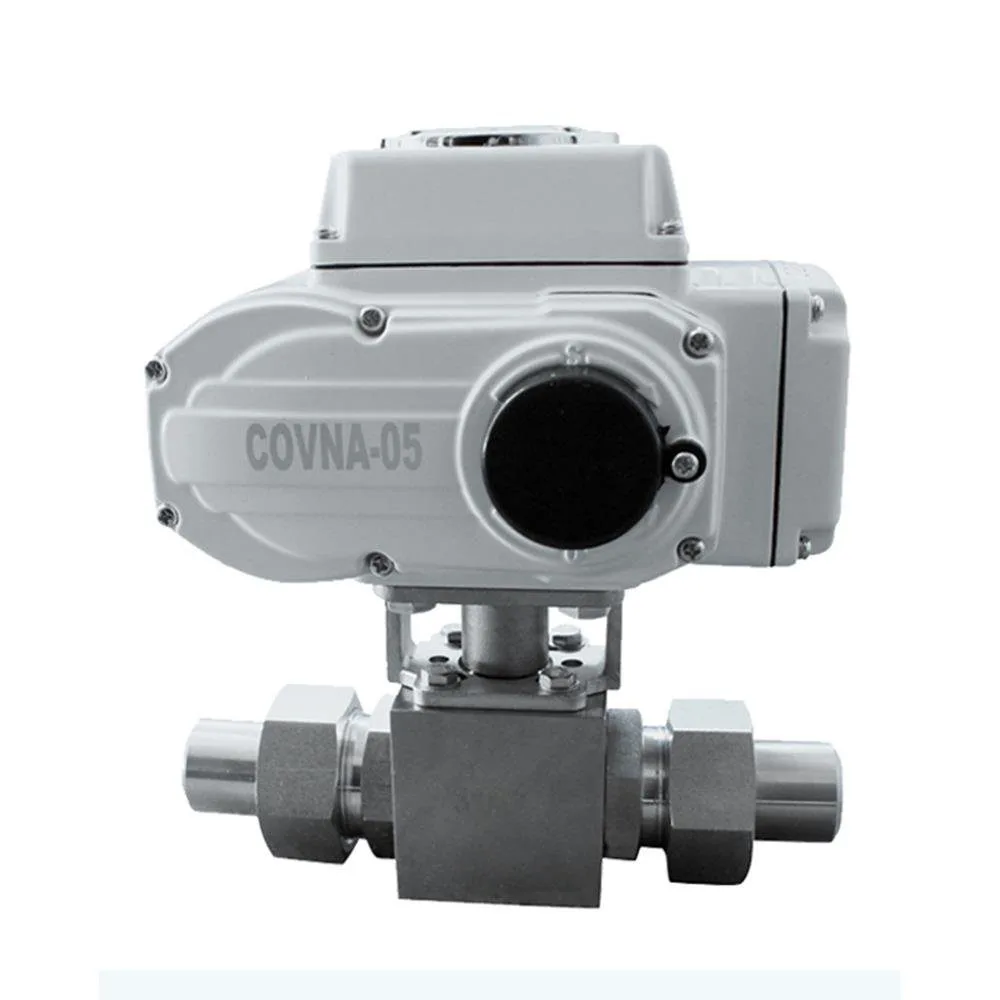

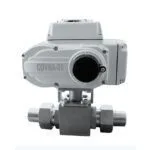
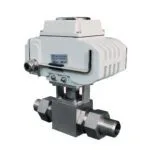
Stainless Steel 5000PSI High Pressure Electric Actuator Ball Valve
High performance 316 stainless steel ball valves are specifically designed for high pressure applications
Could be equipped with modulating or on-off electric actuator. Available in local / remote control electric actuator with LCD display screen to achieve the goal of industrial automation.
Its NEMA 4/4X weatherproof enclosure works with its anti-static nature to help ensure that it never wears down, while the 304 stainless steel composition provides it an extra layer of strength. Our motorized ball valve features a 20 second 90 degree cycle time.
As a proffesional high pressure electric actuator ball valve manufacturer, COVNA always provides customer first class product and service. Welcome to contact US!
- Model: High Pressure Electric Actuator Ball Valve
- Size Range: 3/8″ to 4″
- Pressure Range: 16.0MPa~50.0MP
- Material: Stainless Steel
This series of electric actuators offers three models to meet different needs. The ON/OFF type actuator employs 90-degree fixed-point rotation design which works for basic switch control; the regulating type actuator allows stepless 0-90 degree rotation for precise flow control; the intelligent actuator features LED display capable of showing real-time valve position on the regulating type. The entire series is designed for universal AC/DC dual power supply, standard signal control system, emergency manual operation, and maximum output torque of 4000Nm which addresses the intelligent control and heavy-load reliability demand.
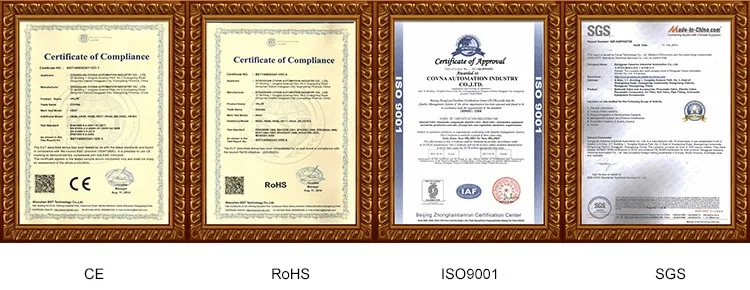
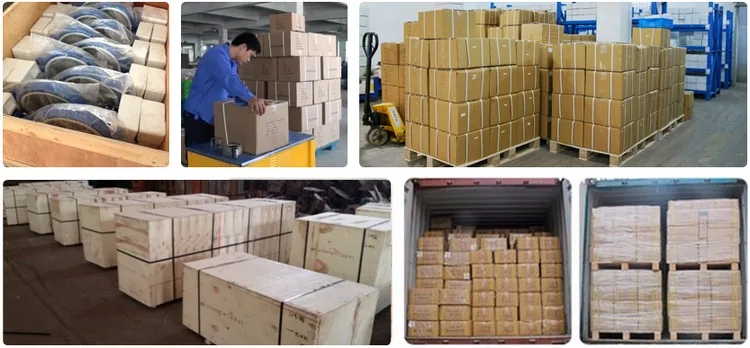
COVNA aims to provide our customers the best quality products with the most competitive pricing, on-time delivery and full warranty service with omprehensive service from start to finish, encompassing consultation through to after sales service, full support in every respect and ensure that you are accompanied at each stage of your project.
With two decades as an actuator valve manufacturer, we accomplish economies of scale and agile response to market demand with large-scale customization of all categories of products, utilizing three major production bases along with German production equipment. Each product undergoes a 100% factory quality inspection system to certify guarantee compliance with international standards including CE, TUV, ROHS, SGS, BV, ISO 9001, and quality control verified trust explosion-proof and fire-proof safety certification. Conventional products stock is maintained to guarantee daily shipment, offered delivery within industry standard 12 month warranty period. Customization of other product parameters is supported including multi-national standards JIS 5K/10K, ANSI 150lb-900lb which fully meets different industrial scenario customization demands.




